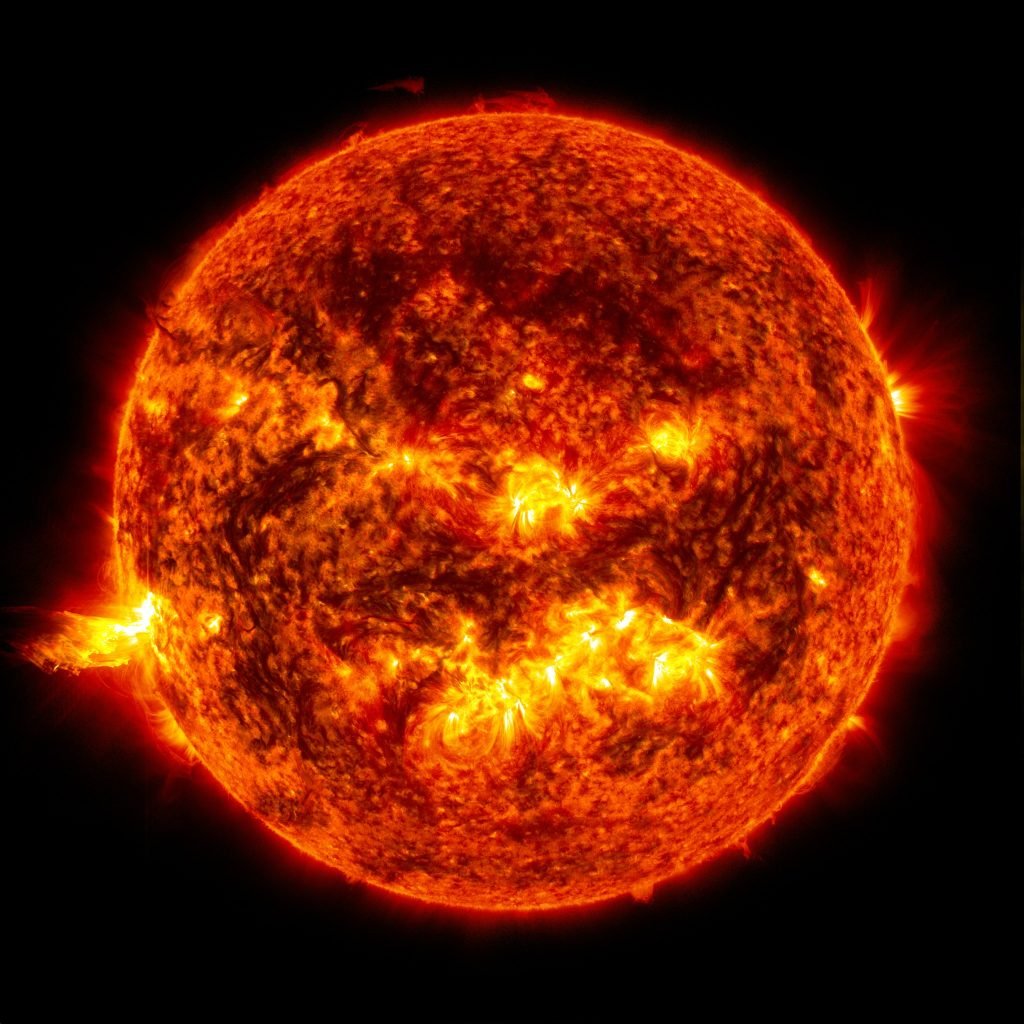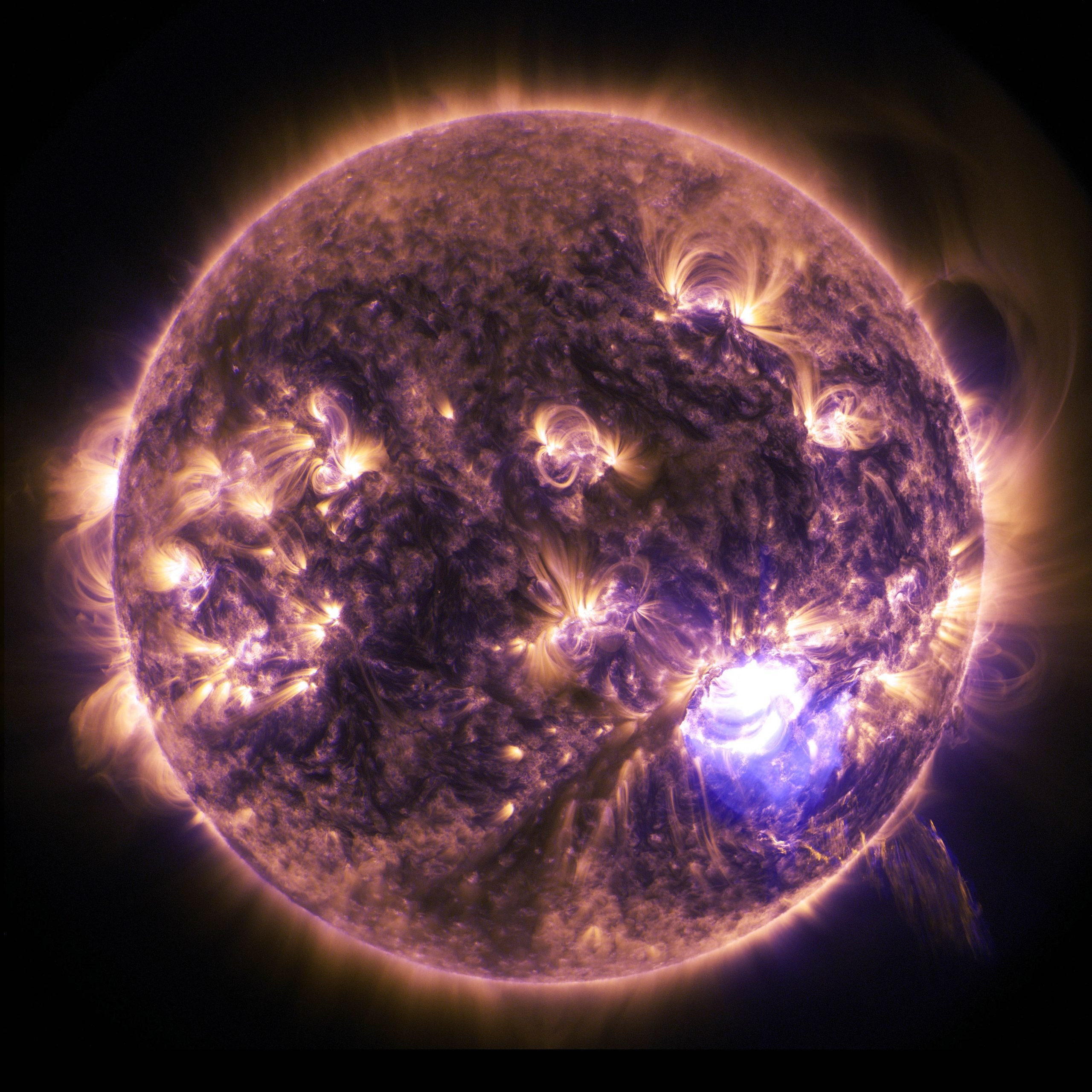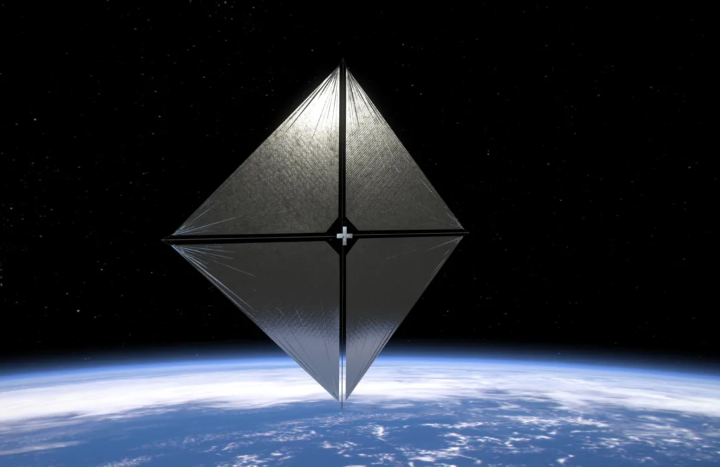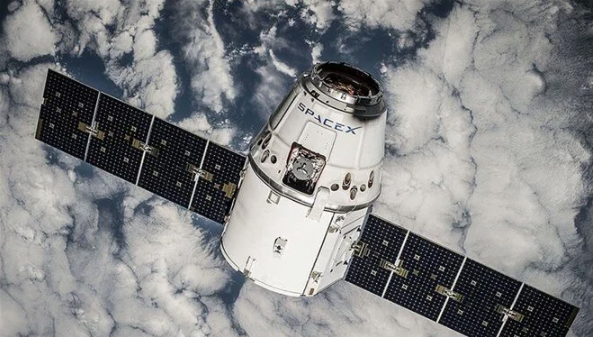A solar wind stream traveling at speeds of more than 600 kilometers per second hit Earth’s magnetic field on Sunday.
While this isn’t particularly concerning because solar storms frequently batter our globe and produce stunning auroras, it is strange because this storm came completely out of the blue.
The auroras that resulted from this occurrence were unexpected, according to SpaceWeather.
When the Sun’s gravity is no longer able to contain an outburst of highly charged particles and plasma toward Earth, this is what is known as solar wind.
- Google access problems: Tens of thousands affected
- German police shoot dead 16-year-old with knife in hand
Although we still don’t fully understand how our Sun operates, scientists do a wonderful job of keeping track of its emissions from Earth. These emissions are assumed to originate from the big bright areas of the Sun known as “coronal holes.”
These observations enable them to produce space weather “forecasts” that not only indicate when solar storms or solar flares, also known as coronal mass ejections (CMEs), may affect us but also indicate their potential intensity.
But that doesn’t exclude us from experiencing surprises like the one we had over the weekend.
Light solar wind streams were observed early on Sunday by NASA’s Deep Space Climate Observatory (DSCOVR), which intensified dramatically and unexpectedly throughout the day.
SpaceWeather hypothesizes that this solar storm may have been brought on by the early arrival of solar wind that was supposed to arrive from an equatorial hole in the Sun’s atmosphere two days later.
Or perhaps it was a coronal mass ejection that was missed (CME).

According to Space Weather, “A discontinuity in solar wind data at 00:45 UT on August 7th points at a shock wave embedded in the solar wind.”
Because the sun is now creating so many little explosions, it is simple to miss tiny CMEs that are headed toward Earth.
As of August 9, 04:06 UTC, recordings reveal that the high-velocity solar wind is still slamming against the Earth’s magnetic field at a speed of 551.3 kilometers (343 miles) per second (0006 ET).
The good news is that because Earth is safely shielded by its atmosphere from solar wind, we are not harmed by it.
However, when it’s strong, it can interfere with modern electronics, causing problems with power grids and, in certain situations, communication satellites.
These winds fell under the category of a moderate G2 solar storm (storms are classed from G1 at the weakest to G5, which is a violent solar storm).
According to Space Weather, G2 storms can have an impact on high latitude power systems and may alter spacecraft orbit calculations.
Since the Sun is currently in the active period of its 11-year solar cycle, if you feel like this is all sounding familiar, it is because we have seen many solar storms this year.
Already this year, we have experienced X-class flares and enormous coronal holes that are more than 2.5 times the size of the Earth. You would typically be unaware that this was happening.
Unless you enjoy watching the aurora, of course.
Steve and the powerful auroras it produced were visible as far south as Pennsylvania thanks to the Space Weather Alert Service, which informed its subscribers about the unexpected storm.
Astrophotographer Ruslan Merzlyakov told Space Weather, “I was already in bed getting ready for sleep when the storm began.
“I hurried to the beach in Nykbing Mors and managed to capture the first summer auroras to occur in Denmark in the past five years.”
Who knows what may be in store for us the remainder of the week.





